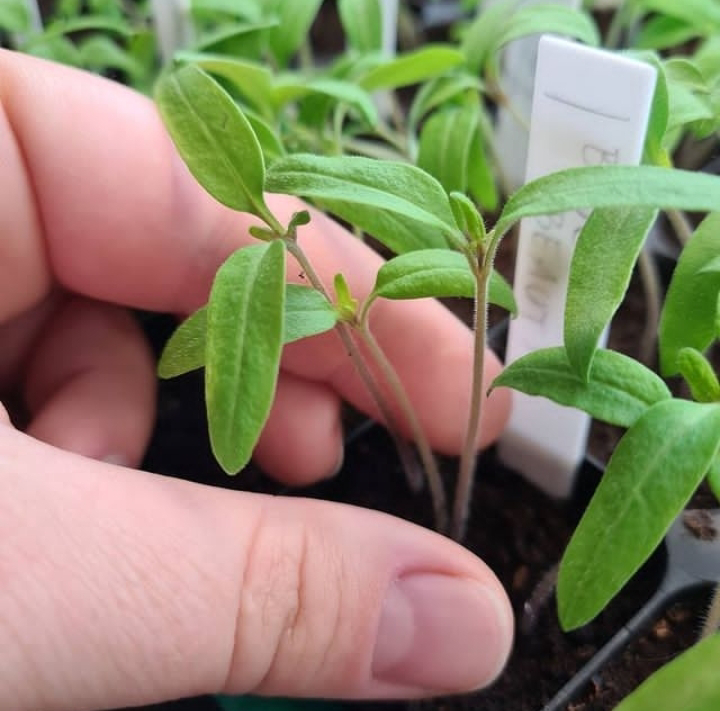1. **Variety:** Different tomato varieties have varying growth habits, so spacing should be adjusted accordingly.
2. **Growth Habit:** Determinate types may be planted closer together, while indeterminate types need more space due to their continuous growth.
3. **Sunlight:** Ensure each plant receives sufficient sunlight by spacing them to avoid shading.
4. **Air Circulation:** Proper spacing allows for good airflow, reducing the risk of fungal diseases.
5. **Soil Fertility:** Spacing affects nutrient availability, so adjust based on soil quality and fertility.
6. **Yield Goals:** Higher spacing may lead to larger yields, but closer spacing may result in smaller but more fruits.
7. **Support System:** If using cages or stakes, factor in space needed for support structures.
8. **Watering and Irrigation:** Adequate spacing helps ensure even watering and efficient irrigation.
9. **Weed Control:** Proper spacing can aid in managing weeds around tomato plants.
10. **Harvesting Ease:** Spacing for accessibility makes harvesting easier and reduces plant damage.
Consider these factors to determine the optimal spacing for your tomato plants.

















